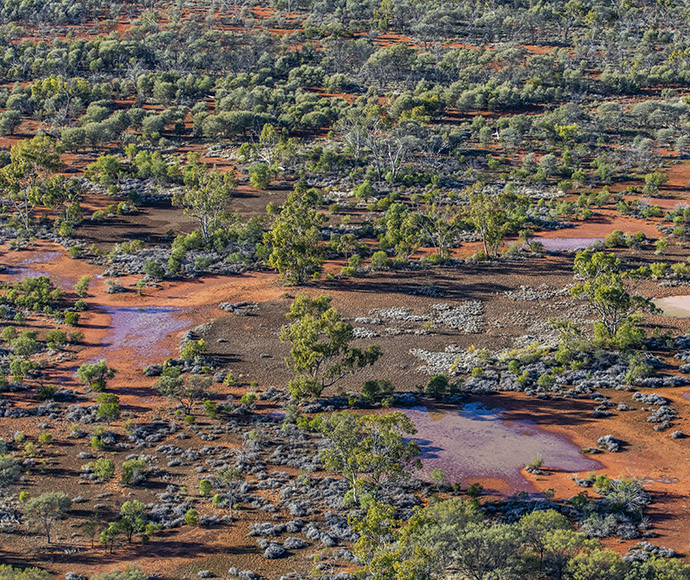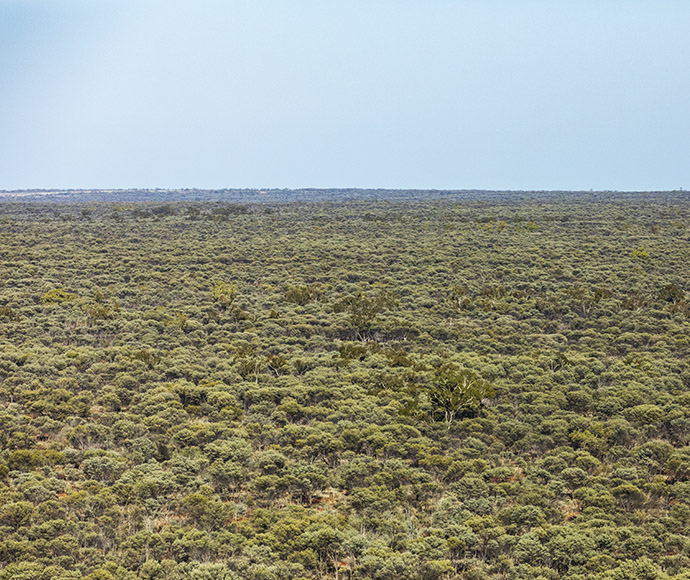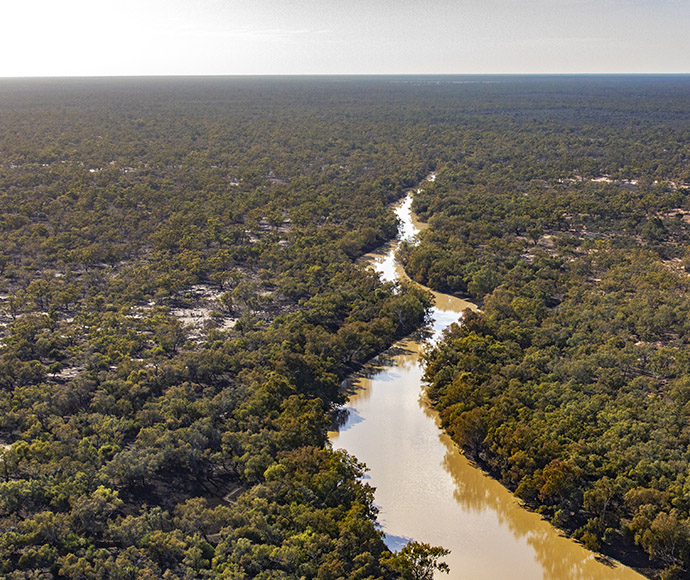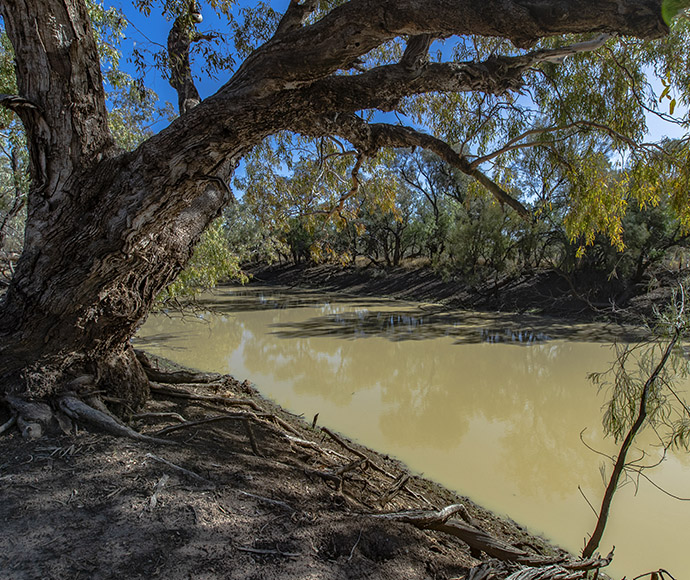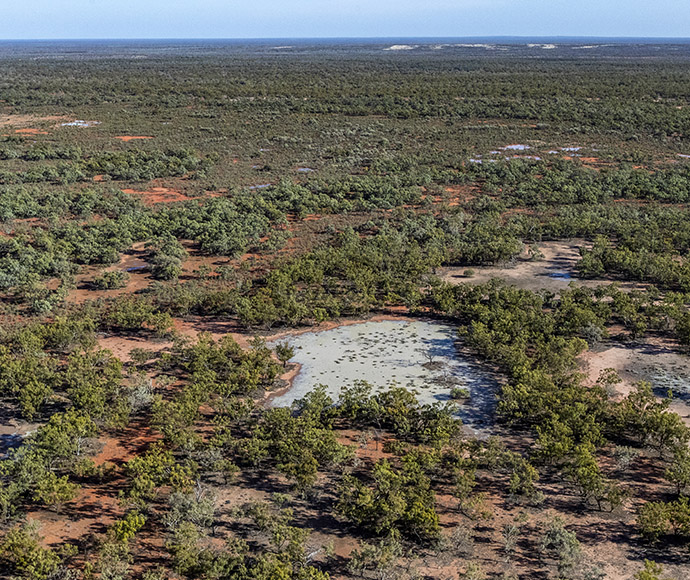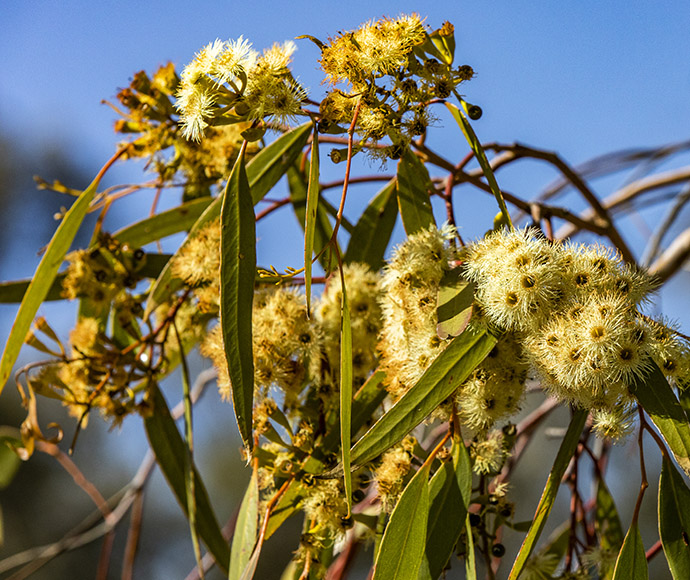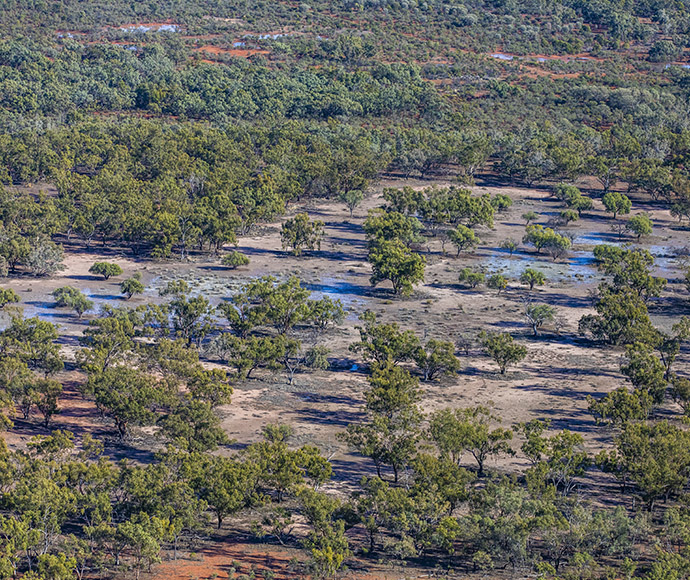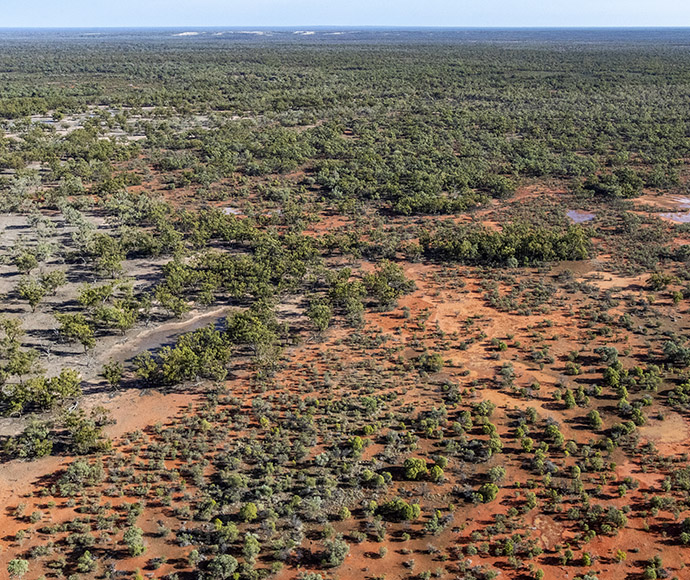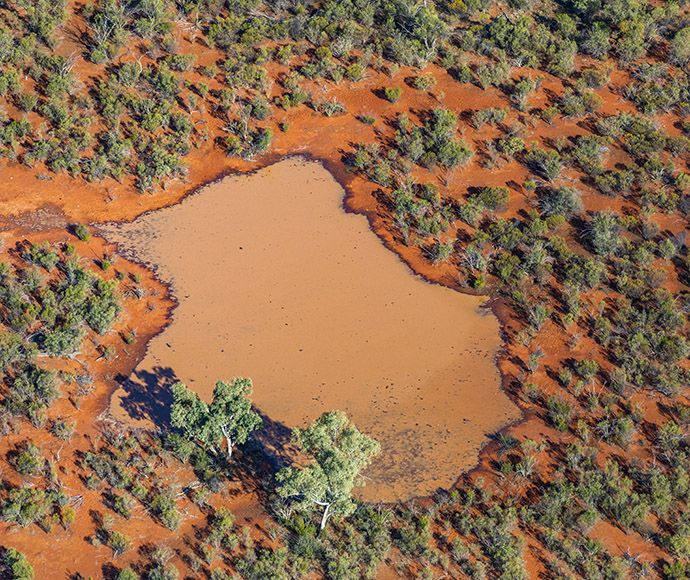The NSW Government acquired the vast outback property spanning 37,723 hectares, and previously known as Comeroo Station in 2023. The national park has been named Cuttaburra National Park, in recognition of its key geographical features.
The purchase secures connectivity for conservation across more than 100,000 hectares when combined with nearby Brindingabba National Park and properties Yantabulla and Naree, which have permanent conservation agreements with the Biodiversity Conservation Trust.
The park has a broad range of landscapes including stony mulga hills, grassy open floodplains, woodlands, swamps, the Cuttaburra and Burrawantie creeks and the Maranoa Waterhole.
Over one-quarter of the property, almost 10,000 hectares, stretches across Yantabulla Swamp – regarded as among Australia's most important wetlands and internationally recognised as an Important Bird Area.
Yantabulla Swamp hosts thousands of internationally protected migratory shorebirds and up to 50,000 waterbirds, including pink-eared ducks, grey teals, night herons, threatened freckled ducks , and many other species. Yantabulla Swamp remains in excellent ecological condition, largely unaffected by upstream water resource development.
Surveys have confirmed the park is home to at least 158 native animal species and 292 plant species. At least 12 known threatened animal species will benefit from permanently protecting the area. These include the stripe-faced dunnart, eastern thick-tailed gecko, black-breasted buzzard, brolga, pink cockatoo, little eagle and Hall's babbler.
Cuttaburra National Park is extraordinarily rich in Aboriginal sites. It lies in in Paroo and Warrego River country. The NSW National Parks and Wildlife Service will work with the Aboriginal and local community on future management, including protecting cultural sites and reflecting the previous pastoral history, including station names, into the park such as in precinct or campground names.
The National Parks and Wildlife Service will proudly work with Aboriginal communities to support protecting these important cultural sites.
We will be undertaking key programs such as feral animal and weed control, fire management, asset works, key conservation and Aboriginal cultural projects, and developing visitor experiences.
The purchase was funded by the NSW Government with support from The Nature Conservancy Australia, which brokered generous co-funding contributions from The Wyss Foundation and the Holdfast Collective, Patagonia's non-profit shareholder.
